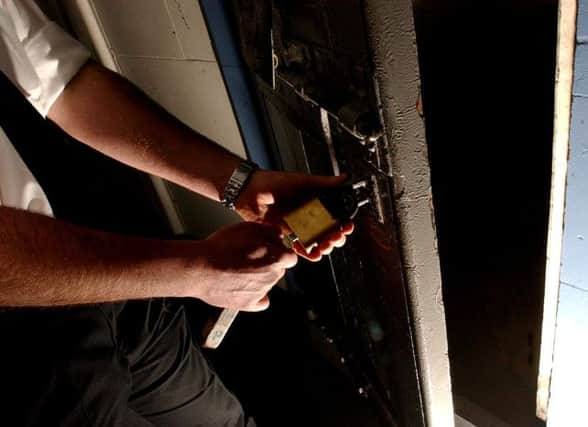Chris Marshall: Concerns over solitary confinement


Figures uncovered by the Liberal Democrats this year show a marked increase in the use of separation. According to the prison service, the number of times male inmates were removed for a period of up to 72 hours increased from 1,238 in 2012-13 to 1,785 in 2013-14. It is against this background that the chief inspector of prisons is to look into the issue more closely.
David Strang, a former chief constable of Lothian and Borders Police, used his annual report to confirm that he will carry out a review into the use of solitary confinement, or separation. This often leads to a prisoner spending up to 23 hours in his cell away from the rest of a jail’s inmates. While there are occasions when removing violent or disruptive prisoners is in everyone’s best interests, questions have been raised about those who are segregated for extended periods, with particular concerns about mental health issues.
Advertisement
Hide AdAdvertisement
Hide AdAmid fears of the long-term impact “solitary” has on inmates, some prisons in the United States have begun re-examining its role, allowing those in separation units more time to exercise and attend classes or counselling. However, the trend in Scotland seems to show that separation is increasingly being used to manage prisoners.
Howard League Scotland, a charity that campaigns for penal reform, has recently highlighted the use of long-term segregation for a number of women at Cornton Vale prison near Stirling, some of whom have been kept in solitary confinement for a number of months. There are concerns the women are not being given medical attention for mental health issues.
No-one wants prisoners to get too easy a time of it, but it is self-defeating for them to emerge from their incarceration with more mental health issues than when they went in. For that reason, it is to be welcomed that Mr Strang is exploring the issue of solitary confinement.
Perhaps more controversially, the chief inspector of prisons has also called for an increase in the use of electronic tagging to help reduce Scotland’s 8,000-strong jail population. Mr Strang believes those coming to the end of their sentence can be released earlier using home detention curfews. However, figures released last year showed that about a quarter of people in that position are returned to prison after breaching the terms of their release.
The ultimate decision over the use of tagging rests with the Scottish Prison Service. Currently, there are just over 400 people with home detention curfews – the chief inspector may face an uphill battle if he is to significantly increase that figure.